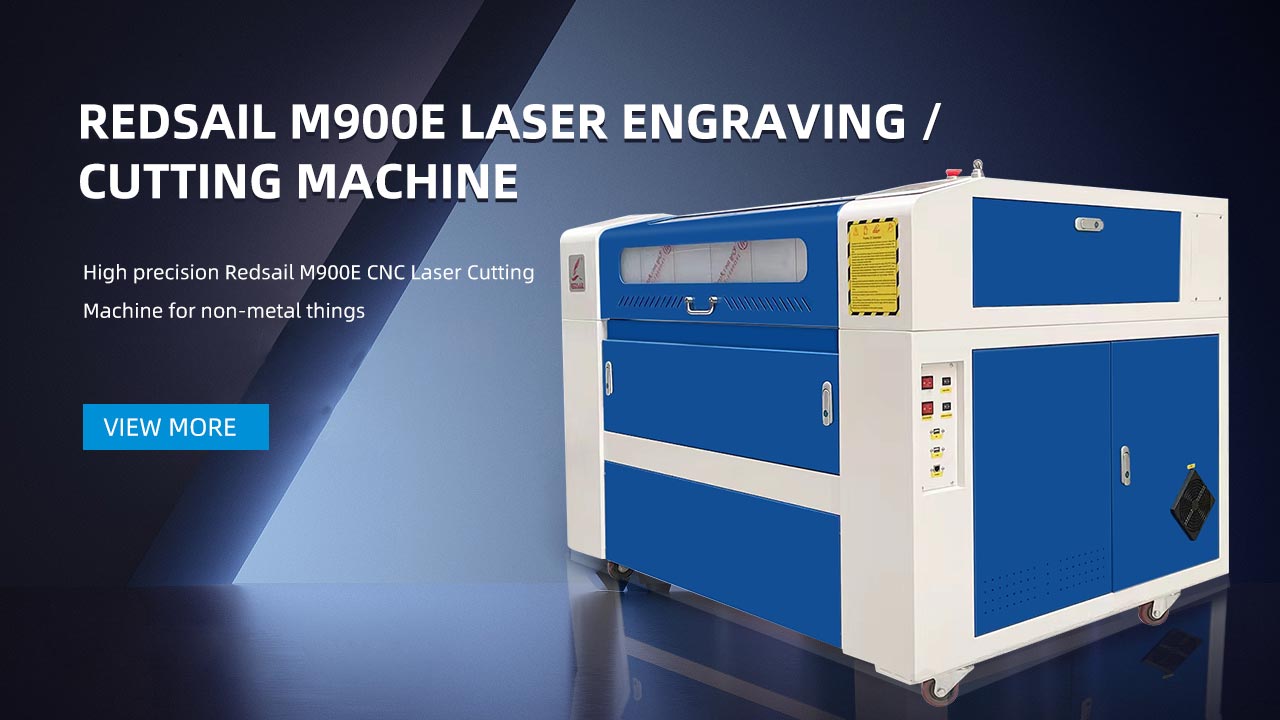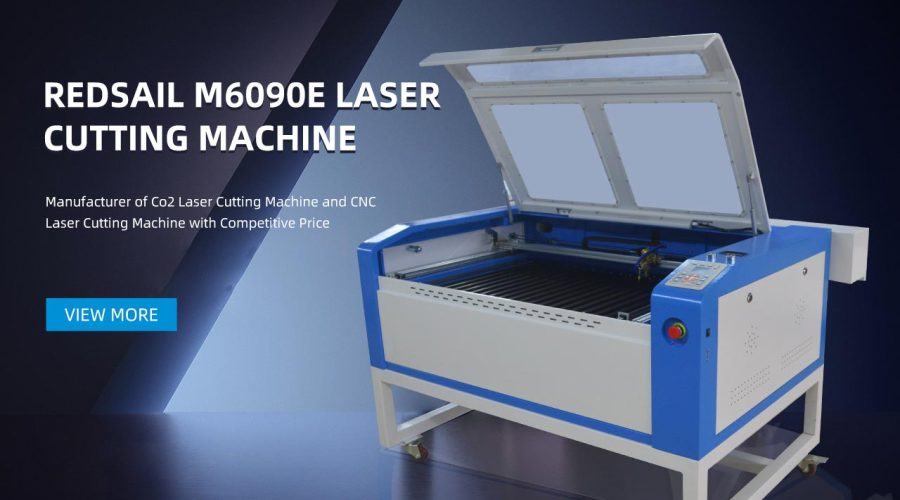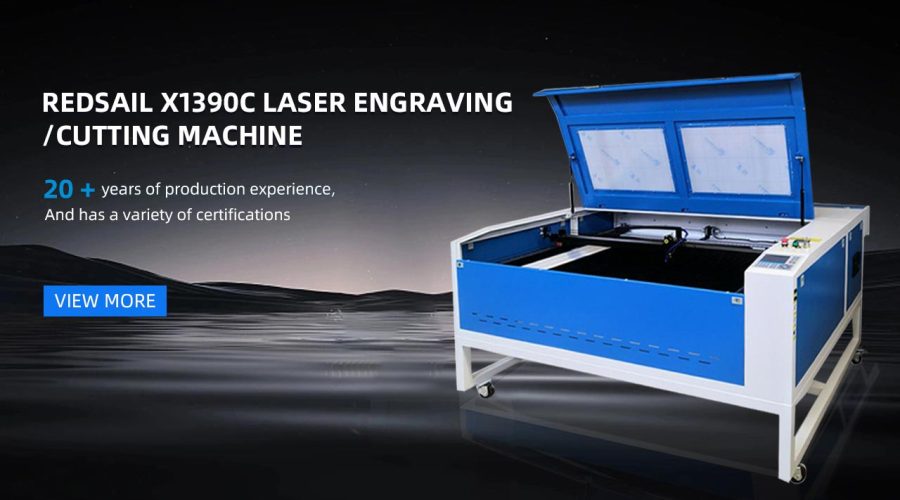**How does a laser cutter effectively slice through wood?**
**Introduction:**
Laser cutting technology has revolutionized various industries and has become an incredibly popular method for slicing through different materials, including wood. The precision, speed, and efficiency of laser cutters make them an excellent choice for woodworking projects. But how does this incredible technology effectively slice through wood? In this article, we will explore the working principles of laser cutters and the process by which they cut wood.
**Table of Contents:**
1. **Understanding Laser Cutting Technology**
2. **How Wood Absorbs Laser Energy**
3. **Process of Laser Cutting Wood**
4. **Factors Affecting Laser Cutting Efficiency**
5. **Conclusion**
**1. Understanding Laser Cutting Technology:**
Laser cutting is a thermal-based subtractive manufacturing process that utilizes a focused high-power laser beam to cut or engrave materials. The laser beam is generated by a laser source, typically a carbon dioxide (CO2) laser. The laser beam is then guided through a series of mirrors and lenses before being focused onto the workpiece.
**2. How Wood Absorbs Laser Energy:**
Wood is a natural material made up of cellulose fibers embedded in a matrix of lignin. When a laser beam is directed towards the wood surface, the photons in the laser beam interact with the wood at a molecular level. The light energy in the laser beam is absorbed by the wood, primarily through its lignin content.
Lignin is a complex organic polymer found in the cell walls of wood. It acts as a natural glue, providing structural support to the wood fibers. Lignin absorbs the laser energy and converts it into heat. The heat causes the lignin to undergo thermal decomposition, breaking down the molecular bonds holding the wood fibers together.
**3. Process of Laser Cutting Wood:**
When the laser beam interacts with the wood, the heat generated by the absorption of laser energy causes the wood to heat up rapidly. The localized heating results in a controlled thermal gradient across the wood thickness. The heat is concentrated at the point of interaction, causing a narrow kerf or cut in the wood.
As the laser beam moves along the desired cutting path, the focused energy melts and vaporizes the wood material within the kerf. The high-pressure gas assist, typically a mix of nitrogen or compressed air, blows away the molten and vaporized wood, creating a clean and precise cut.
The laser cutting process is highly controlled and precise, allowing for intricate designs and fine details to be cut into the wood. The accuracy and repeatability of laser cutters ensure that each cut is identical, resulting in a high-quality finished product.
**4. Factors Affecting Laser Cutting Efficiency:**
The efficiency and effectiveness of laser cutting wood are influenced by several factors:
**A. Laser power and intensity:** The power and intensity of the laser beam determine the speed and effectiveness of cutting wood. Higher power lasers can cut through thicker materials at faster speeds.
**B. Speed and feed rate:** The laser cutting speed and feed rate refer to the rate at which the laser cutter moves along the cutting path. The optimal speed and feed rate depend on the wood type, thickness, and desired cut quality.
**C. Focus and focal length:** The focal length, or distance between the lens and the wood surface, affects the spot size and intensity of the laser beam. A properly focused laser beam ensures clean and precise cuts.
**D. Wood density and moisture content:** Wood density and moisture content can affect the absorption and distribution of laser energy. Denser woods may require higher laser power, while higher moisture content can result in uneven and unpredictable cuts.
**FAQs (Frequently Asked Questions):**
**Q1: Can laser cutting be used with all types of wood?**
A1: Laser cutting can be used with most types of wood, including plywood, MDF (medium-density fiberboard), hardwood, and softwood. However, certain woods with high resin content may release toxic fumes when cut with a laser and should be avoided.
**Q2: Are laser-cut wooden products safe for indoor use?**
A2: Laser-cut wooden products are generally safe for indoor use, as the cutting process does not introduce harmful chemicals or toxins. However, it is essential to use appropriate wood finishes or varnishes to protect the wood and enhance its longevity.
**Q3: Can laser cutting create intricate designs on wood?**
A3: Yes, laser cutting is highly precise and can create intricate designs, patterns, and fine details on wood with incredible accuracy. The digital control of laser cutters allows for complex designs to be executed flawlessly.
**Conclusion:**
Laser cutting technology has proven to be an efficient and effective method for cutting wood. By understanding the principles behind laser cutting and factors affecting its efficiency, we can appreciate the remarkable precision and versatility of this process. Whether for woodworking projects, crafts, or industrial applications, laser cutters continue to revolutionize the way wood is sliced, offering high-quality and detailed cuts.





